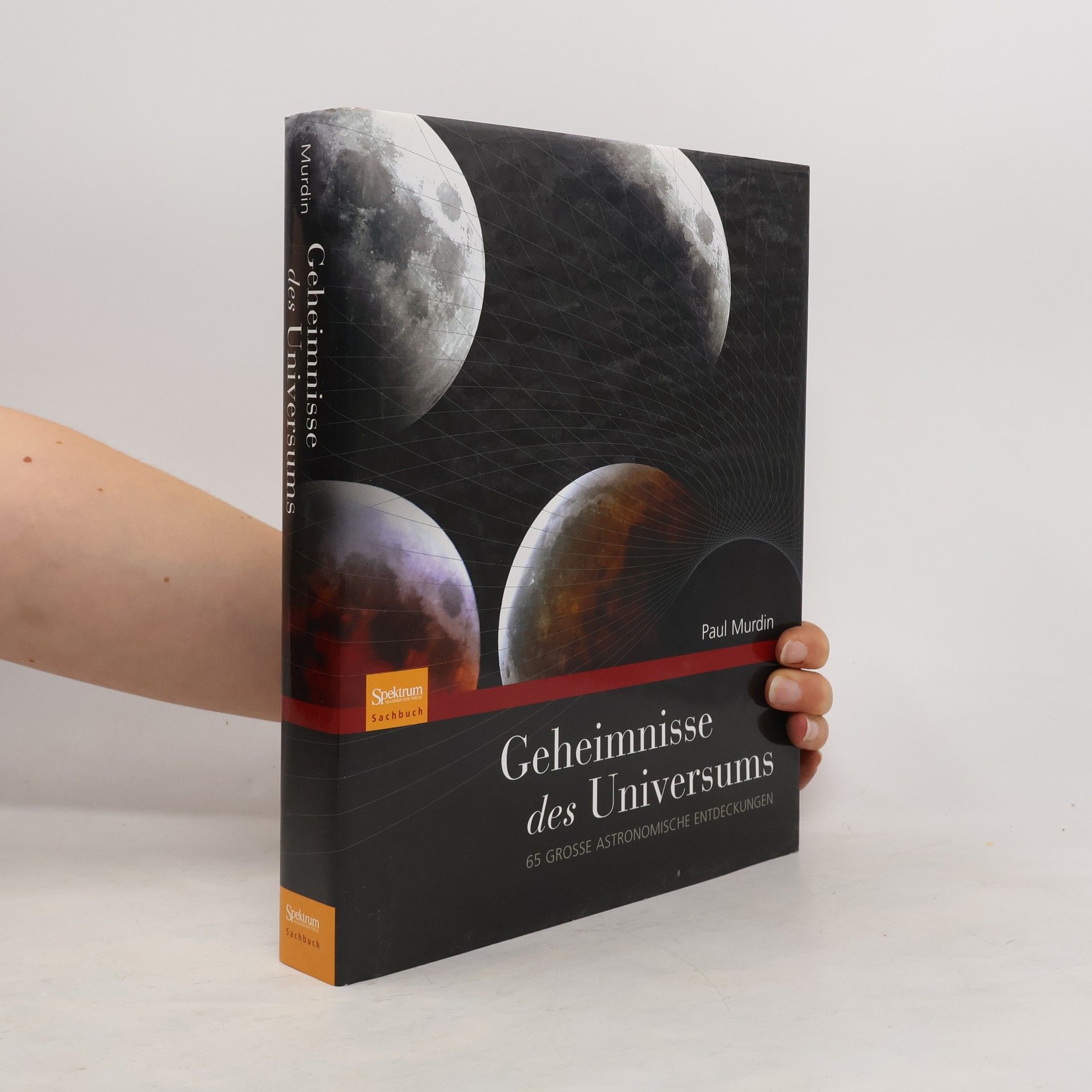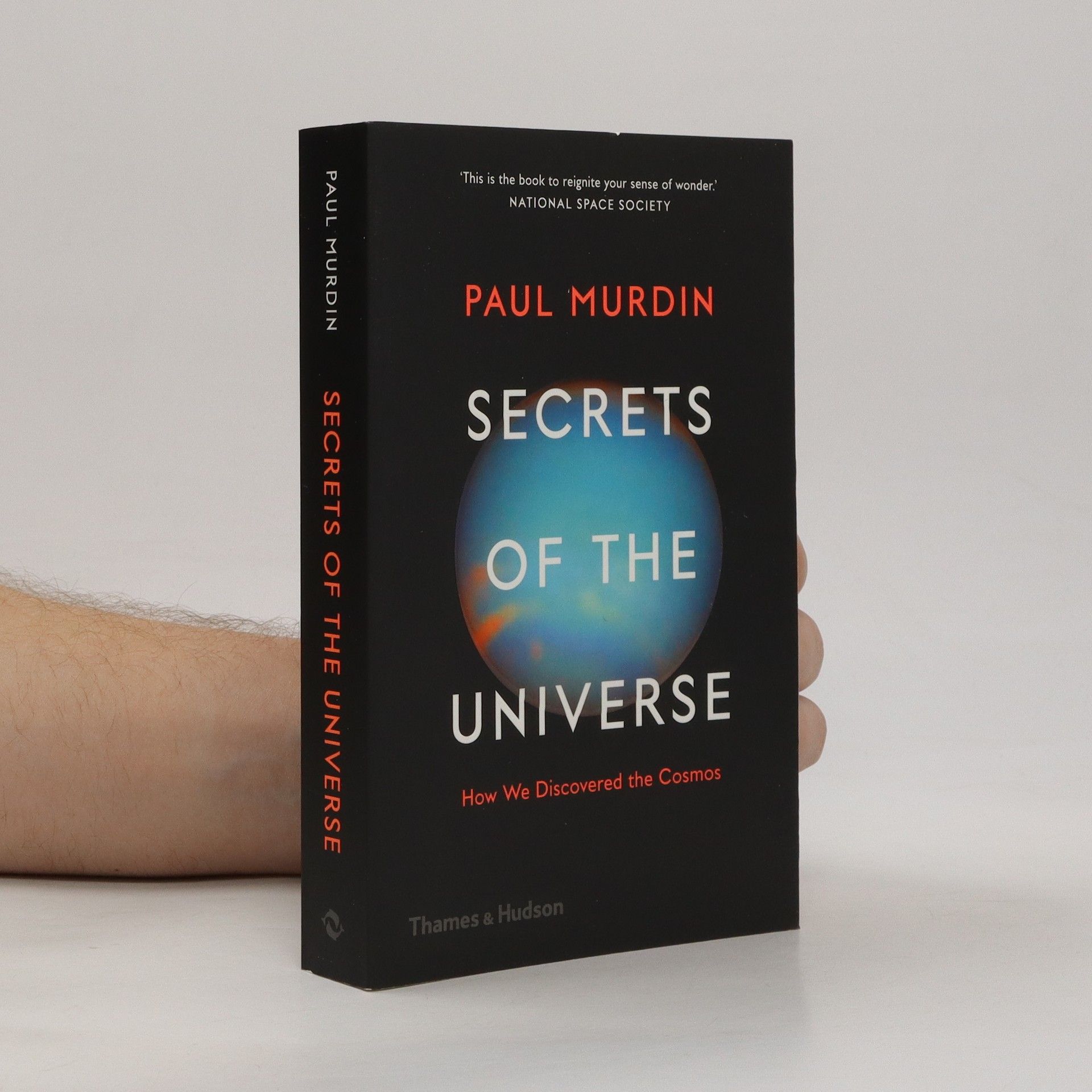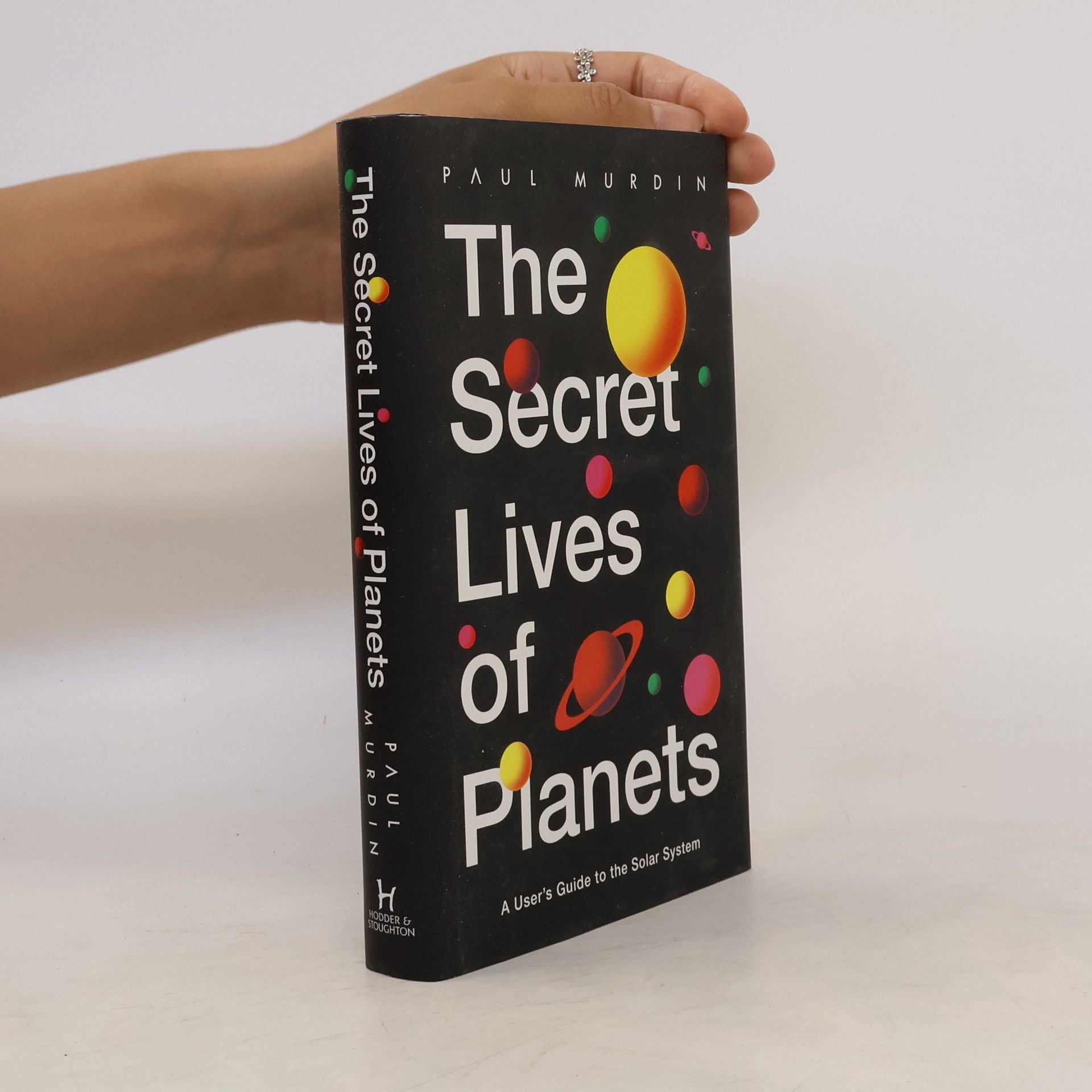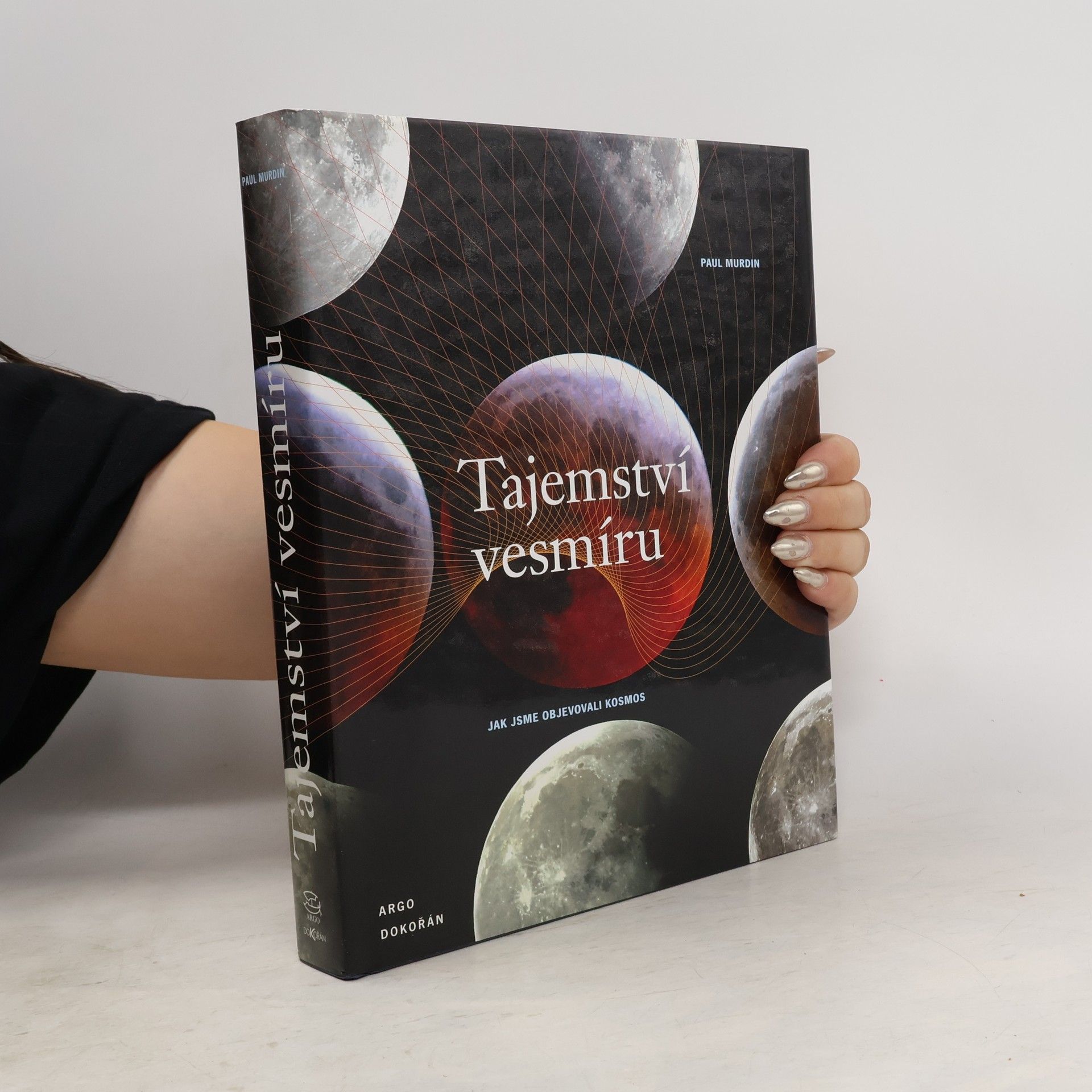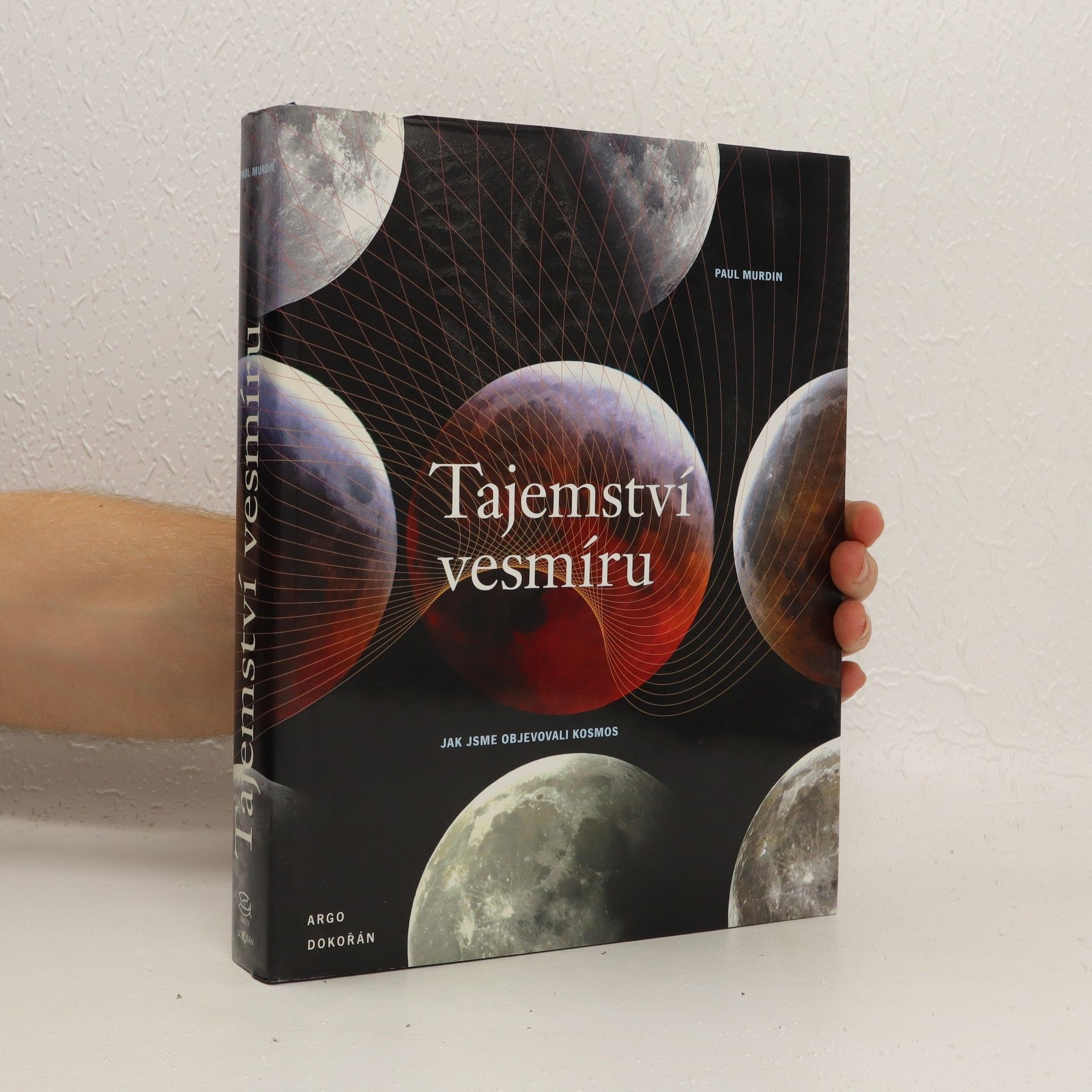Vesmír
- 312 pages
- 11 hours of reading
Najlepšia alternatíva k ceste do vesmíru Vydajte sa s autorom na originálnu a podmaňujúcu cestu životom vesmíru od prvých milisekúnd veľkého tresku až po súčasnosť, ba aj ďalej. Autor vychádza z posledných objavov v astronómii a opisuje najdôležitejšie postavy a udalosti spojené s existenciou vesmíru. Mapuje, ako sa rozvíjalo naše chápanie a poznanie kozmu, a ukazuje, ako veľkí myslitelia vyvodili hlboké pravdy aj z najjednoduchších pozorovaní. Vesmír vyrástol z detských čias a dnes astronómovia sledujú jeho prechod od dospelosti k blížiacemu sa strednému veku. Na záver autor ponúka letmý pohľad na budúcu starobu vesmíru a na to, čo to bude znamenať pre nás. Veľkolepé putovanie kozmom spojené so zaujímavým výkladom.

